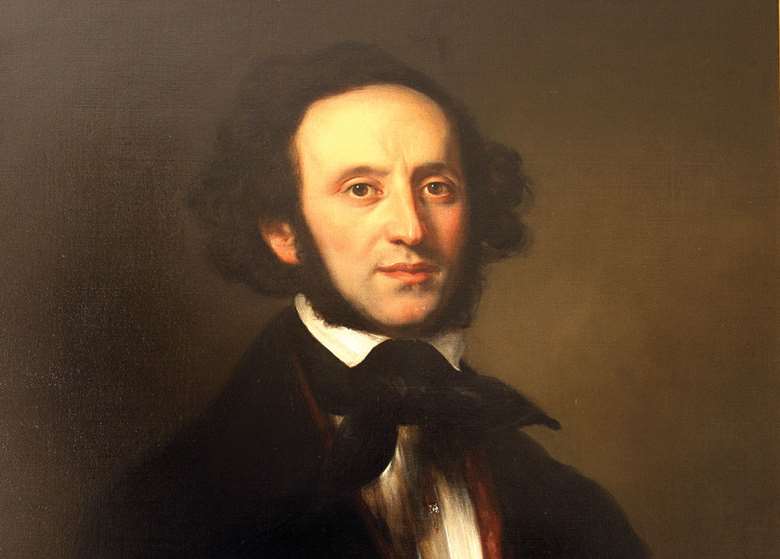Inside Mendelssohn’s Symphony No 3, ‘Scottish’
Peter Quantrill
Friday, September 2, 2016
Peter Quantrill speaks to the conductor Pablo Heras-Casado about the challenges of Mendelssohn’s Symphony No 3 – a piece that ‘has everything’

Register now to continue reading
Thanks for exploring the Gramophone website. Sign up for a free account today to enjoy the following benefits:
- Free access to 3 subscriber-only articles per month
- Unlimited access to our news, podcasts and awards pages
- Free weekly email newsletter








